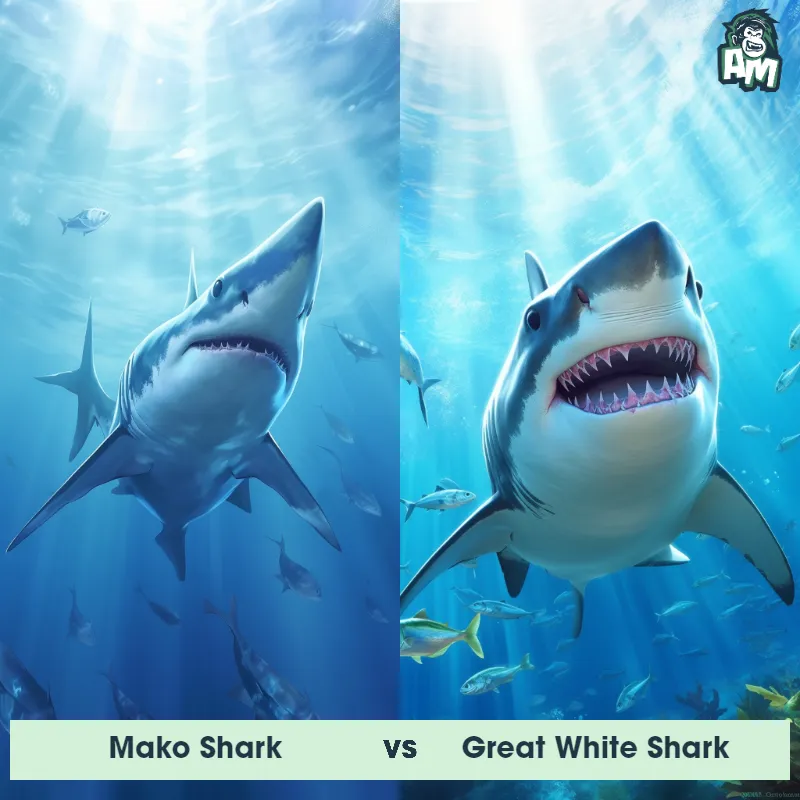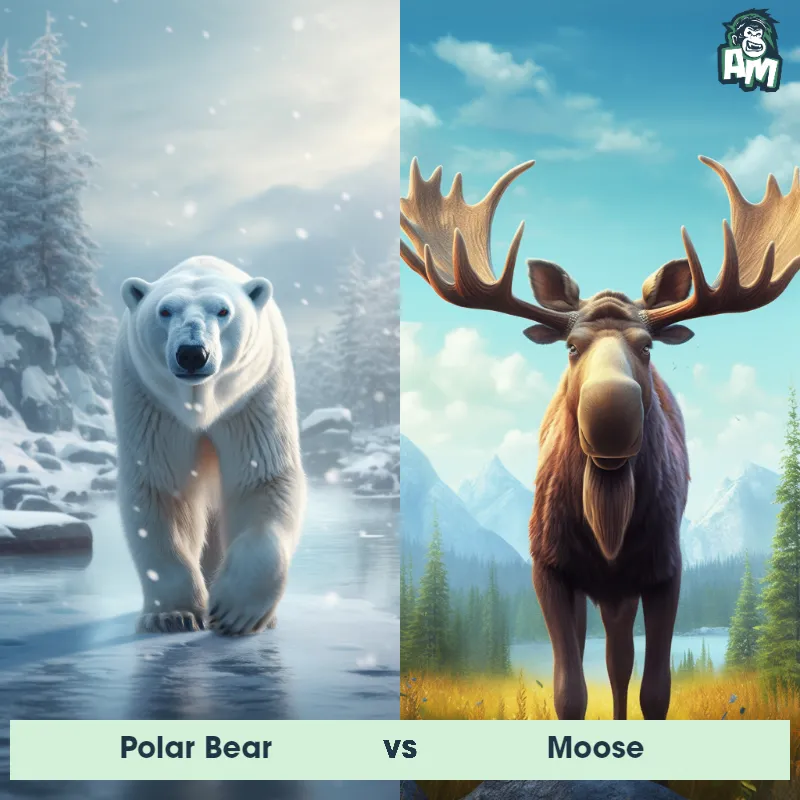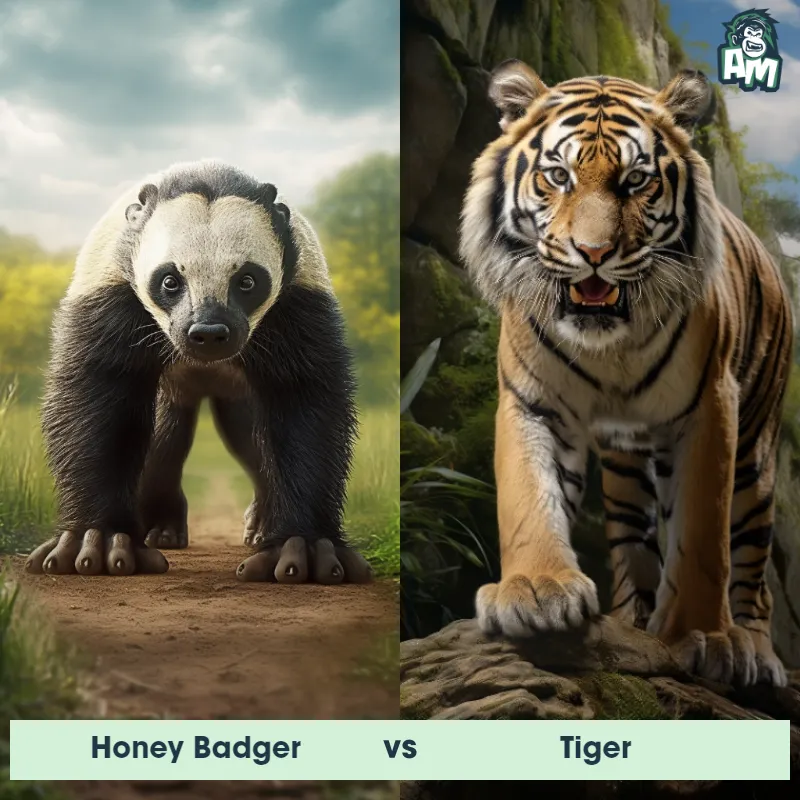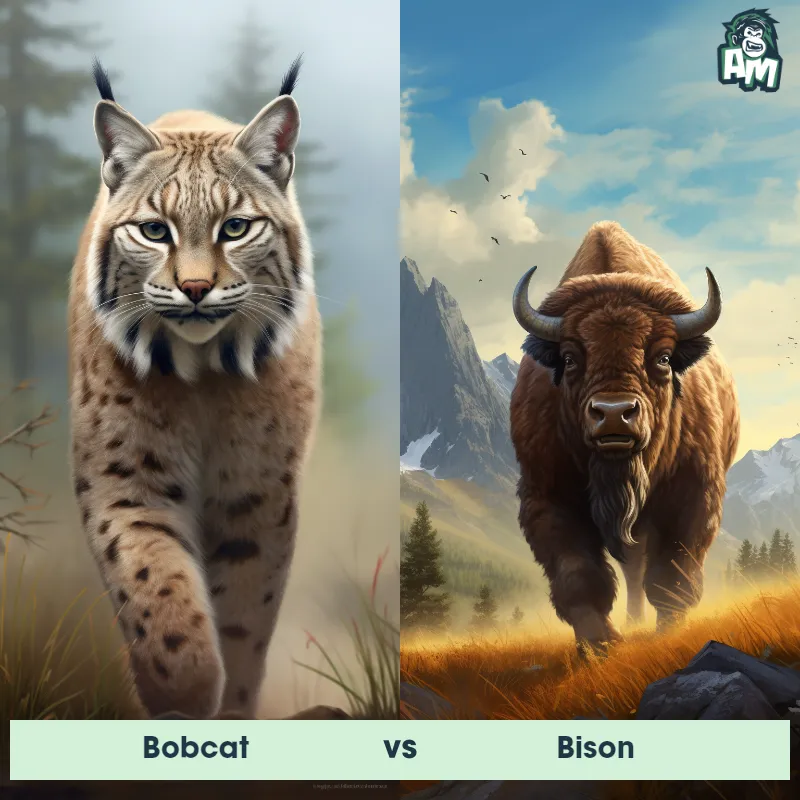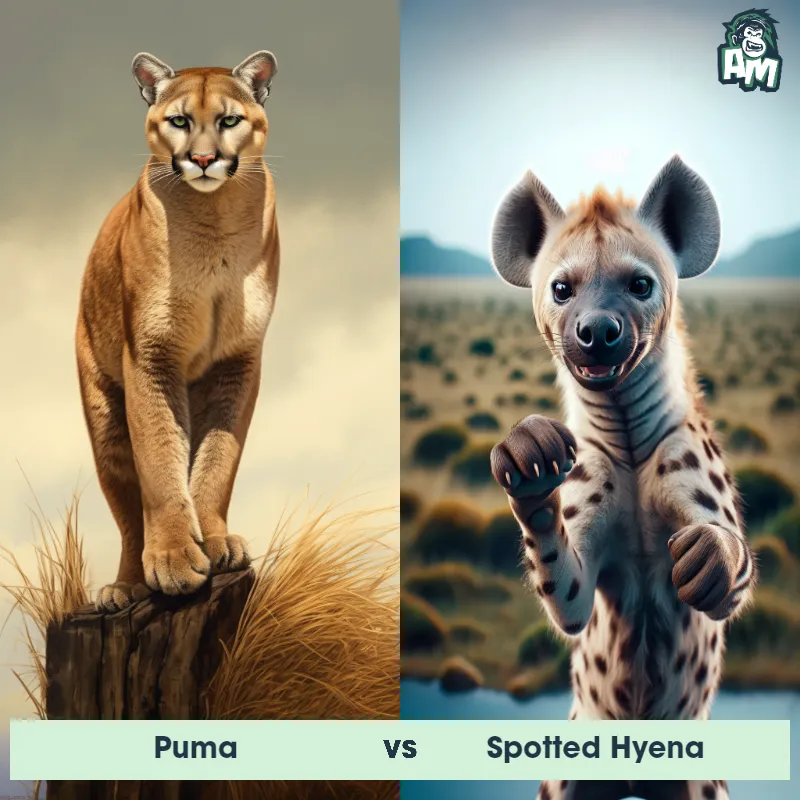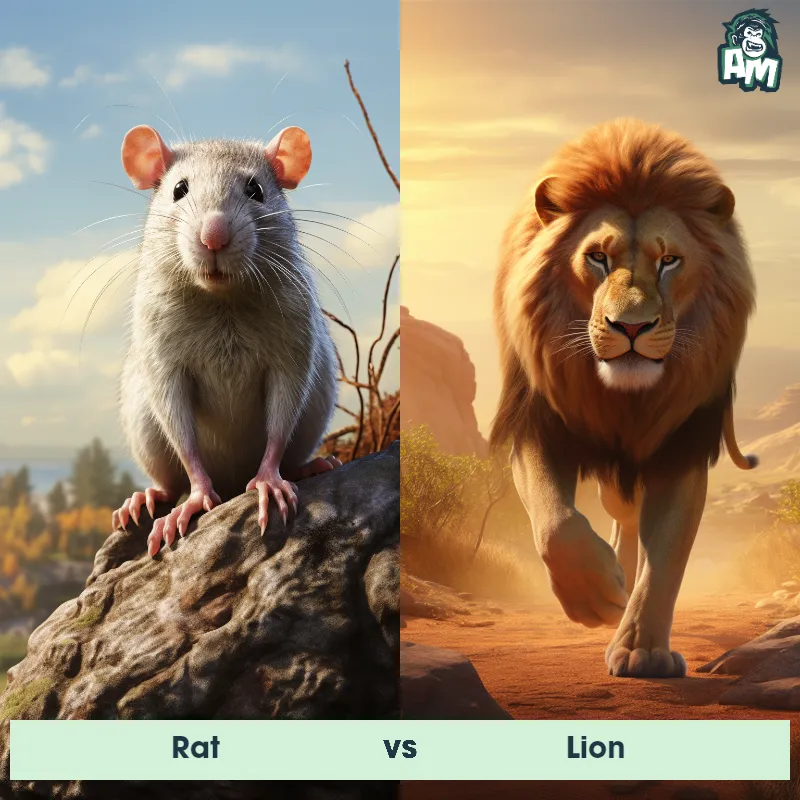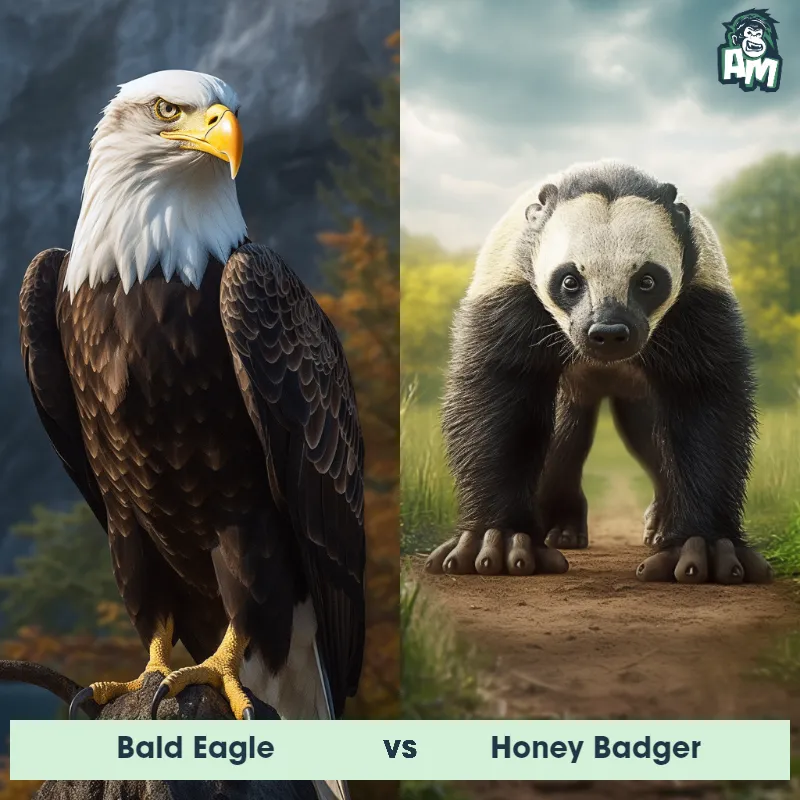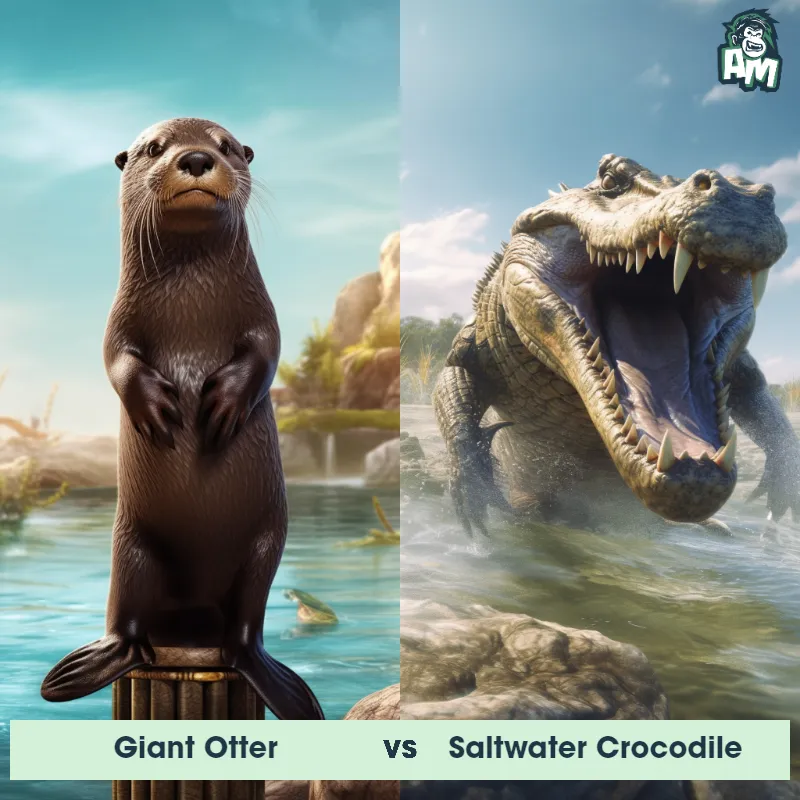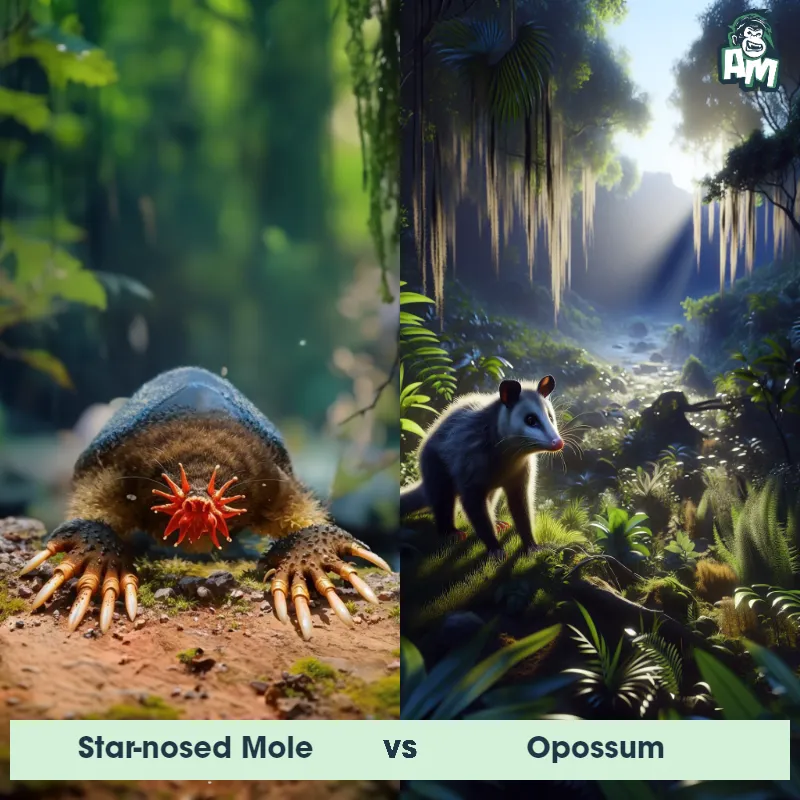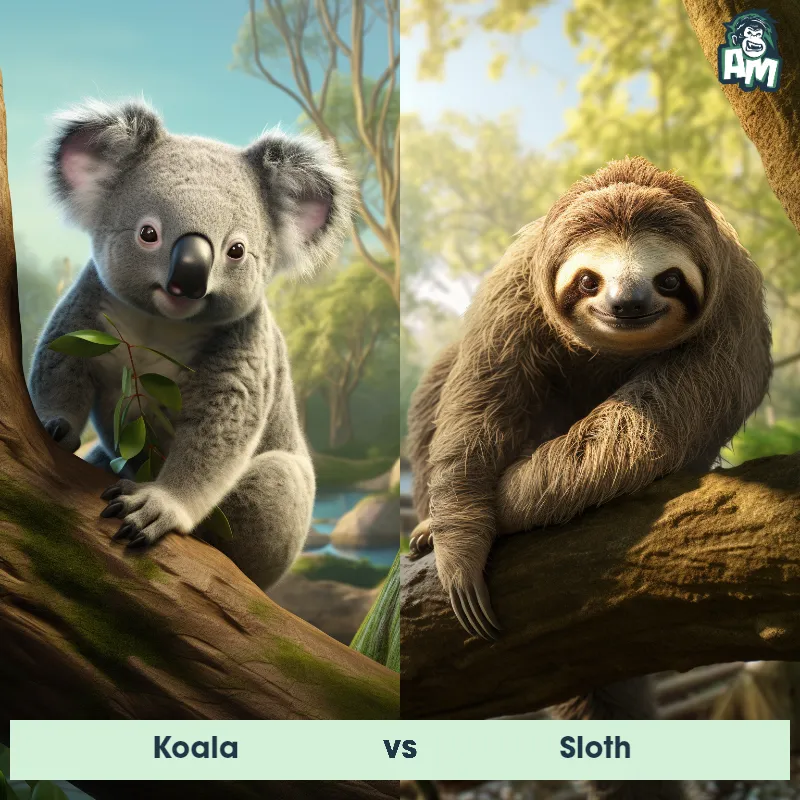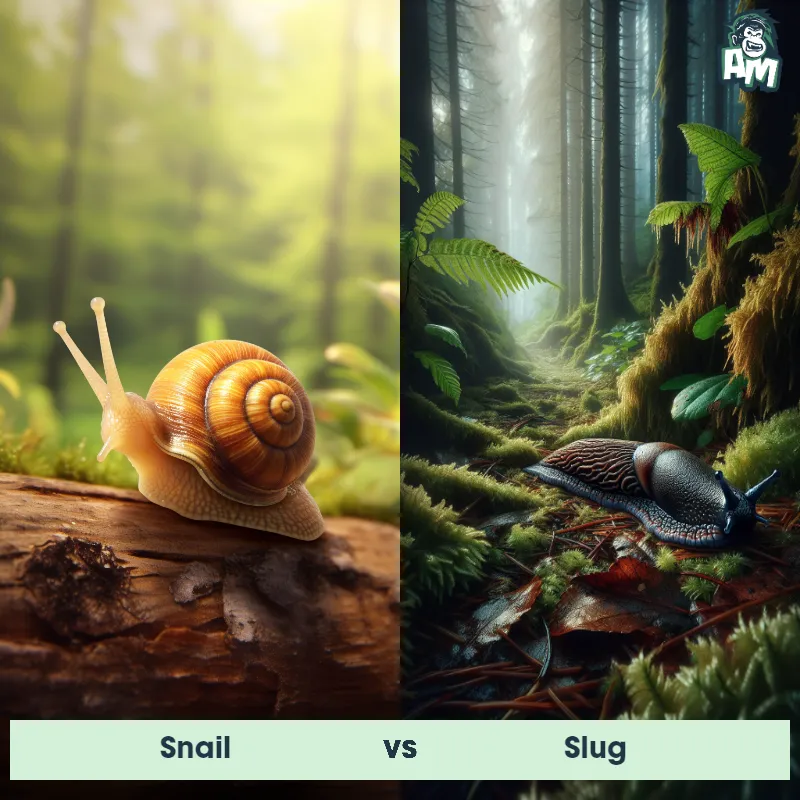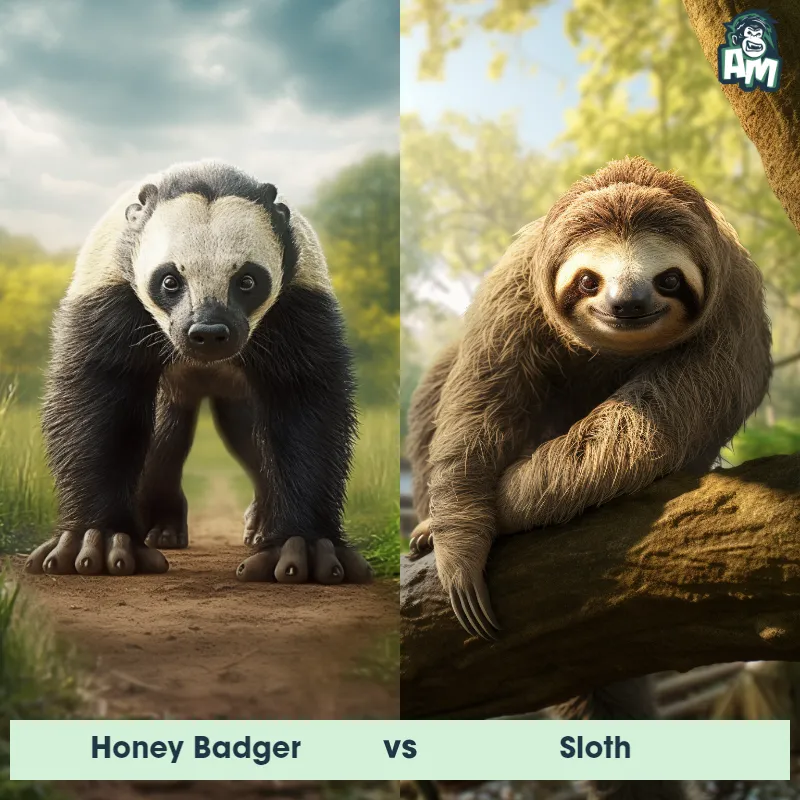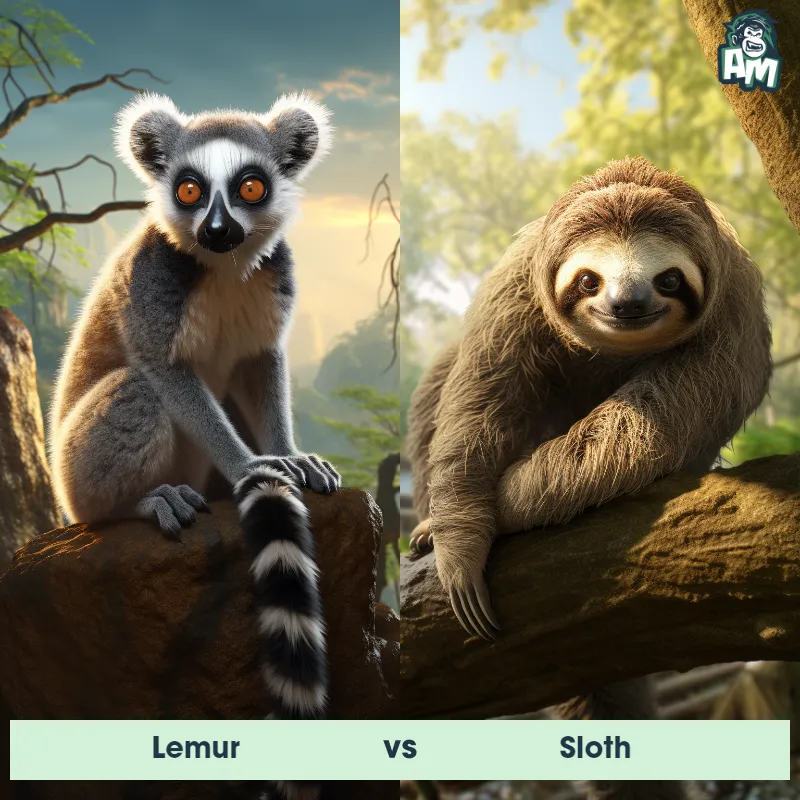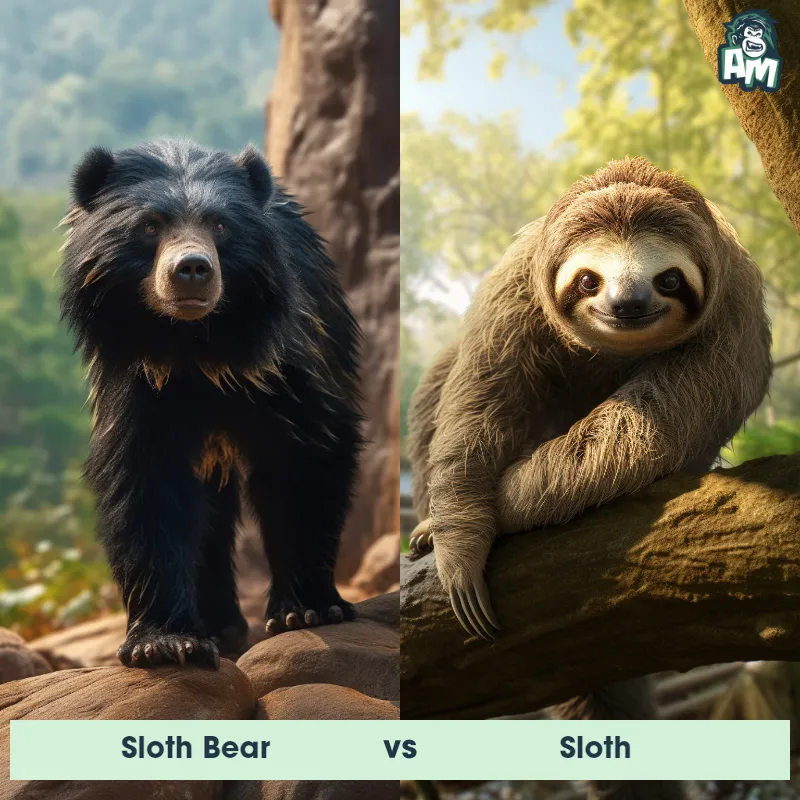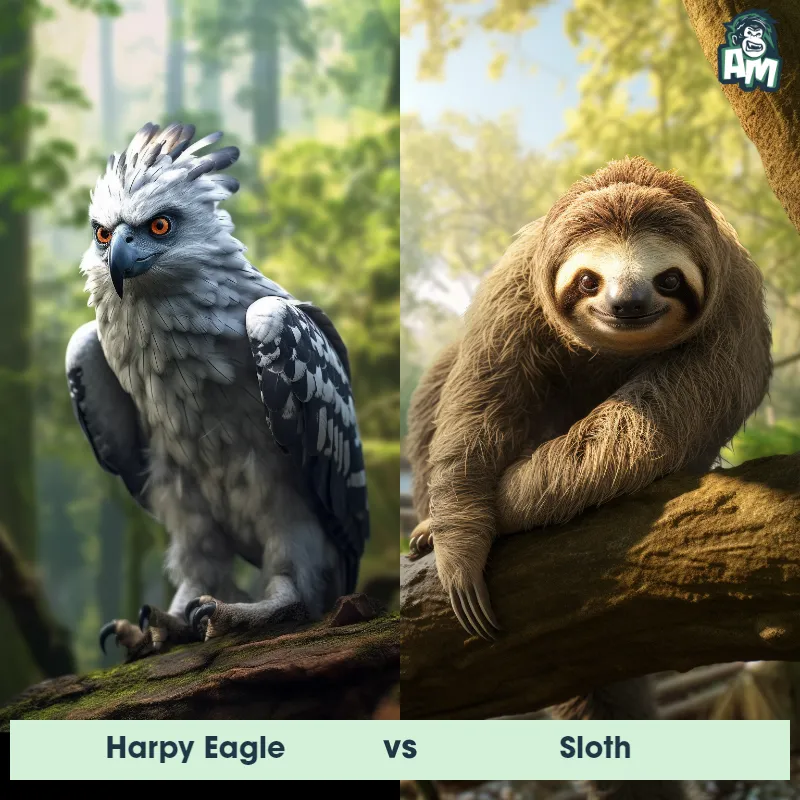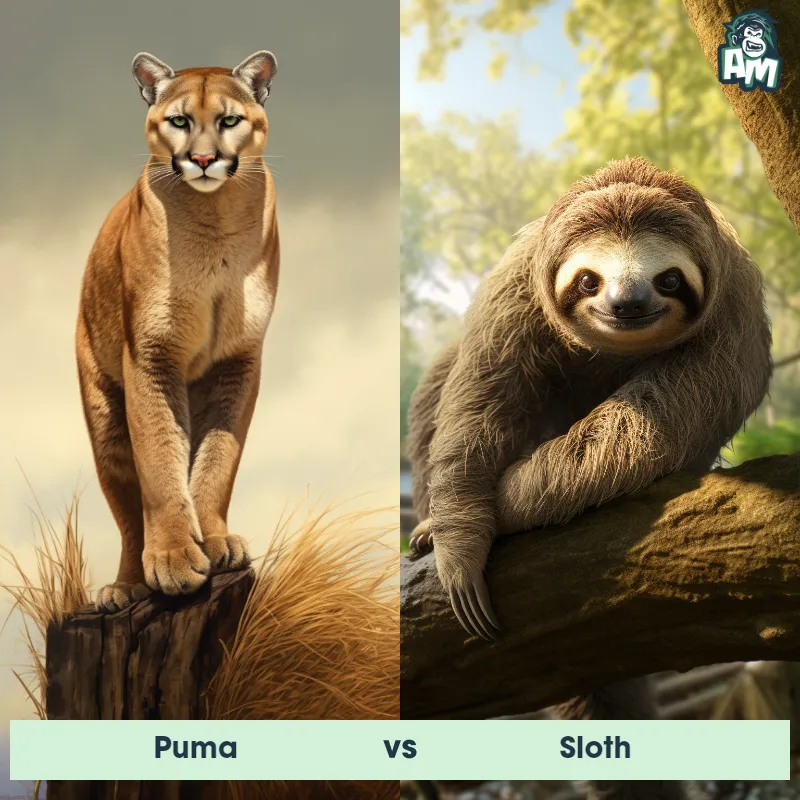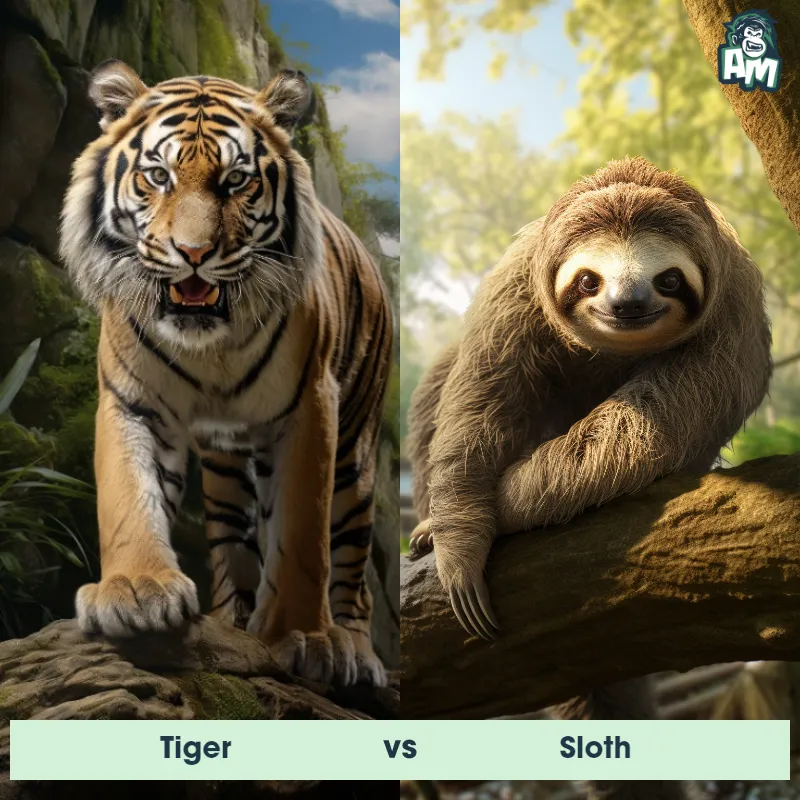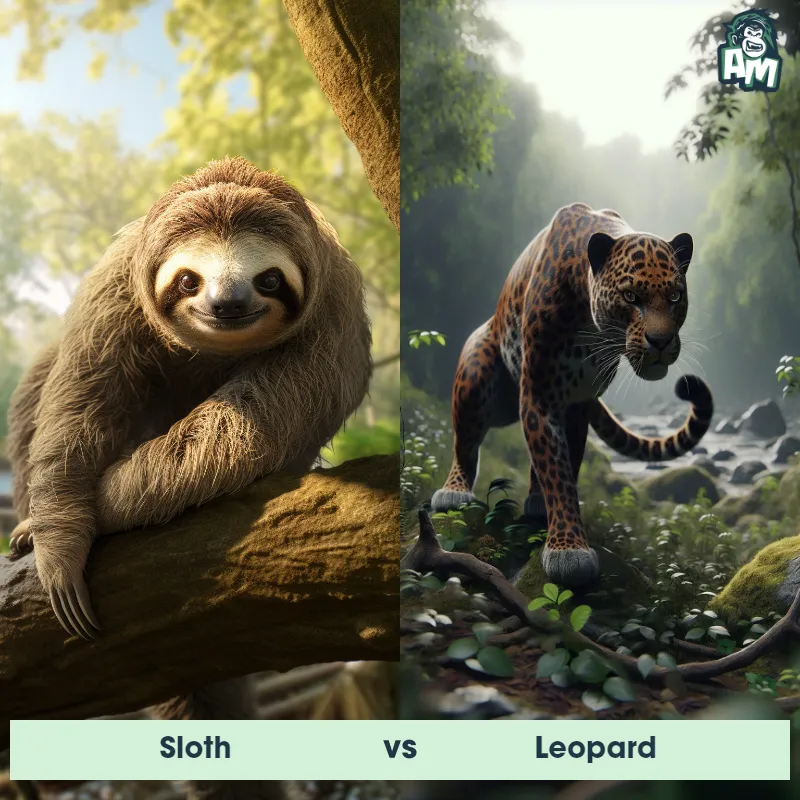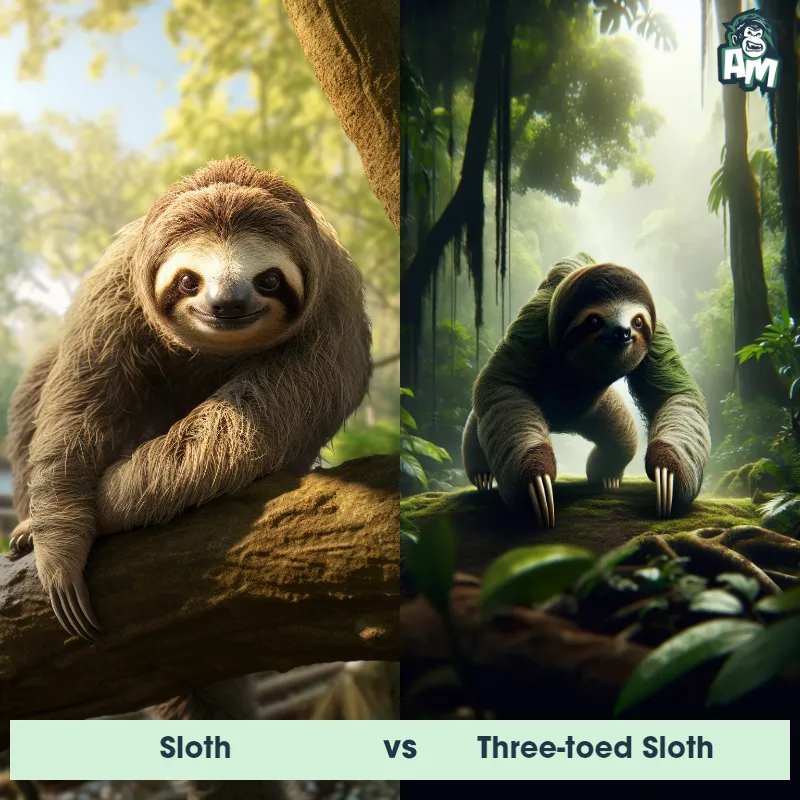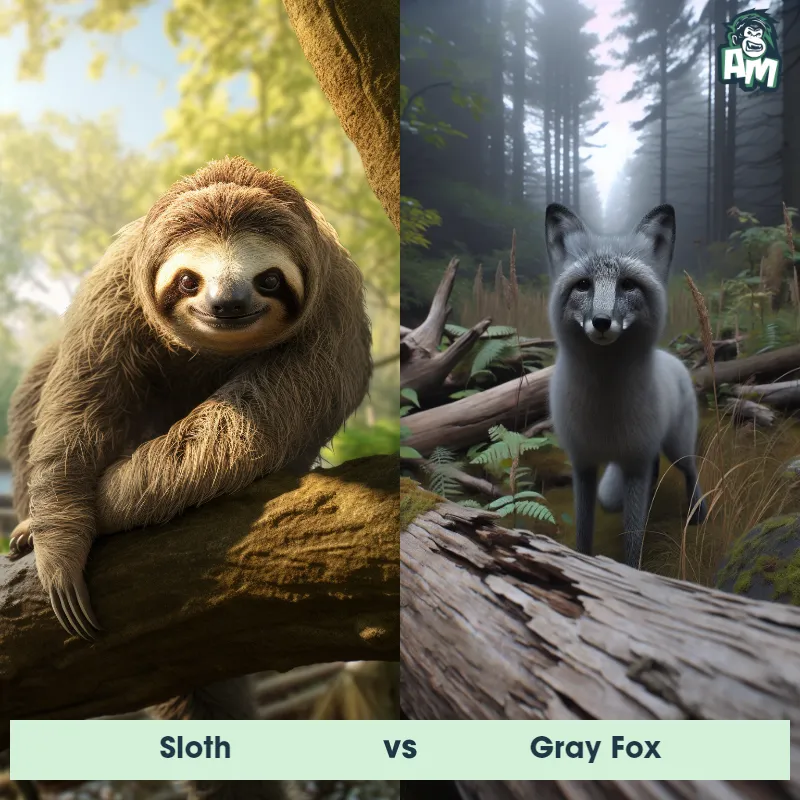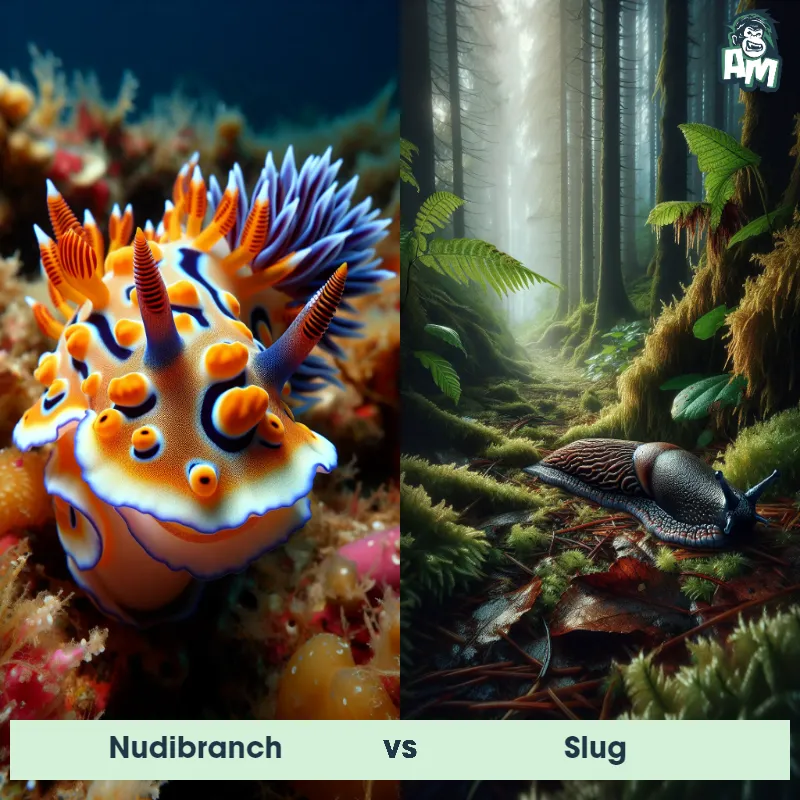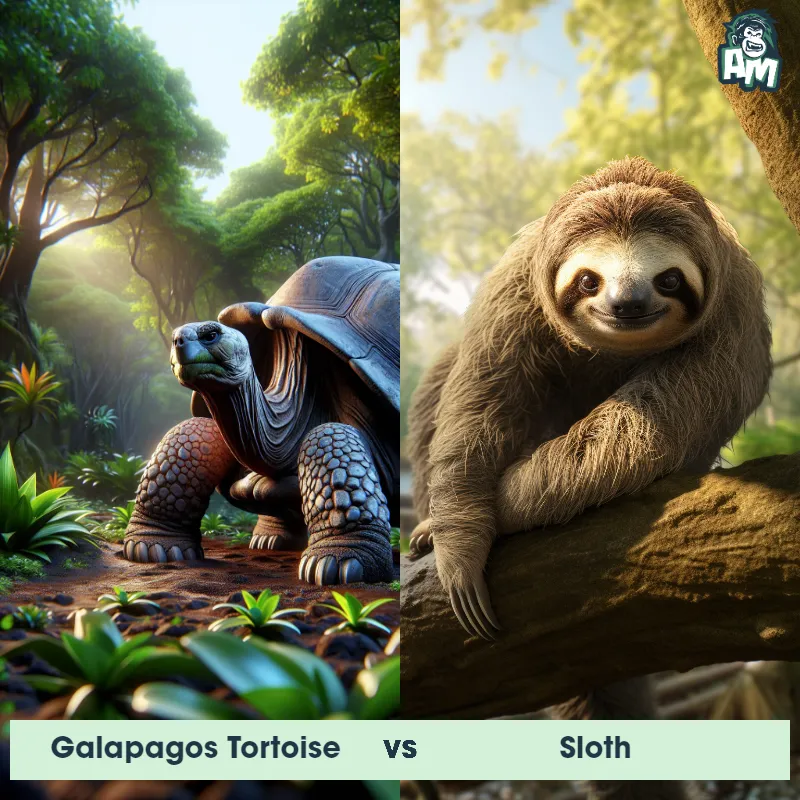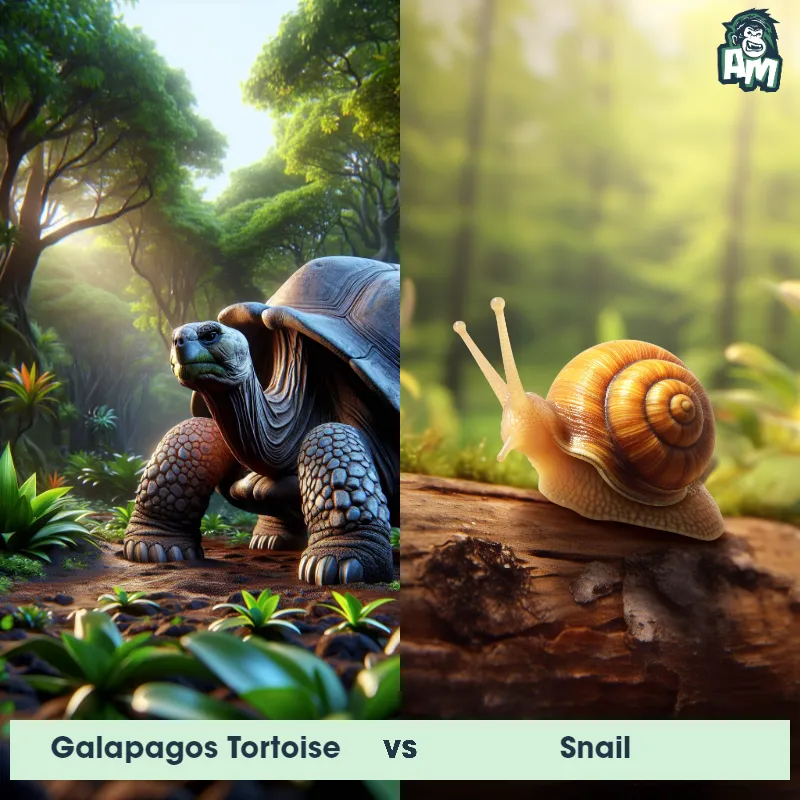Snail vs SlothSee Who Wins
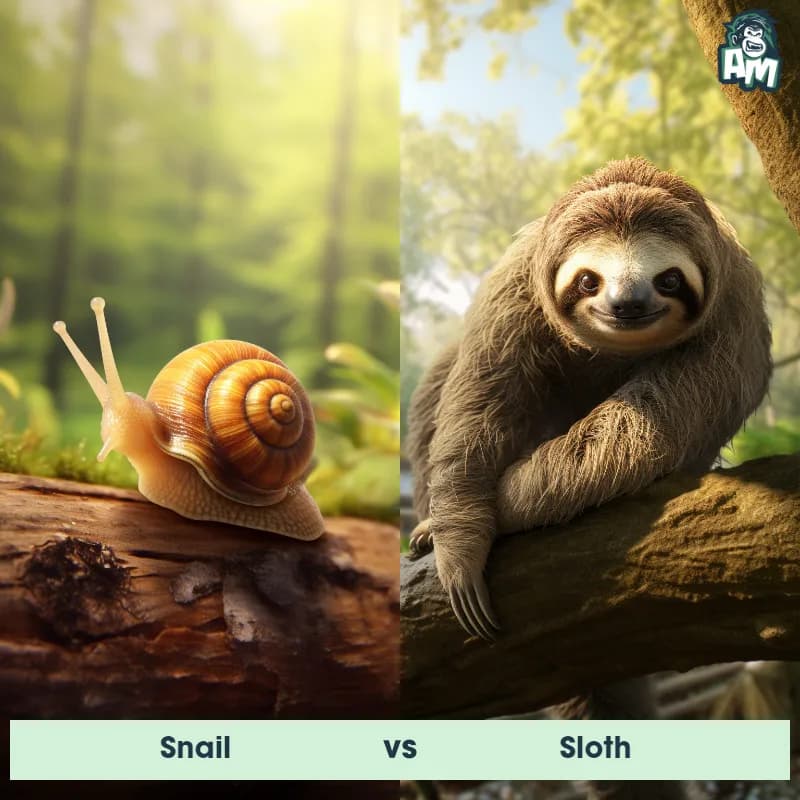
Ladies and Gentlemen, prepare yourselves for the thrilling yet pace-pushing face-off between two of nature's most patient creatures, the Snail and the Sloth. This bout promises moments of surprising strategy and slow-motion intensity.
Contender 1: Snail
The snail is a small mollusk, recognized by its coiled shell, which it carries on its back and can retreat into for protection. Snails can be terrestrial, freshwater, or marine, and they possess a muscular 'foot' used for locomotion and a head with tentacles that contain eyes. The size of snails can vary considerably, from a few millimeters to several inches in diameter, depending on the species. Known for their slow movement, snails leave behind a trail of mucus as they move, which aids in their movement over rough surfaces.
Fun Fact: Despite their reputation for being slow, some species of snails can reach a top speed of 1.3 cm/s, which, while still not fast in human terms, is relatively impressive for their size.
Contender 2: Sloth
The Sloth is a slow-moving arboreal mammal native to the rainforests of Central and South America. Recognized for their distinctively long limbs and hooked claws that help them hang from trees, sloths have a shaggy coat and a rounded face with a flat snout. They spend the majority of their lives in trees, only descending about once a week to defecate. Their diets mainly consist of leaves, twigs, and buds.
Fun Fact: Fascinatingly, the sloth's slow metabolic rate and largely motionless lifestyle allows it to survive on just a small amount of food, sometimes taking up to a month to fully digest a meal.
Matchup Stats
| Snail | Sloth | |
|---|---|---|
| Size | Varies from 0.1 inches to 12 inches (0.25 cm to 30.48 cm) | 24 to 30 inches (60 to 75 cm) |
| Weight | Varies from 0.01 ounces to 32 ounces (0.3 grams to 907 grams) | 8 to 17 lbs (3.6 to 7.7 kg) |
| Speed | 0.03mph (0.05km/h) | 0.15mph (0.24km/h) |
| Key Strength | Ability to retreat into its shell for protection | Strong grip and sharp claws |
| Biggest Weakness | Slow movement | Slow movement |
Current Votes
Snail vs Sloth
See Who Wins
View More Matches
Looking For More?
Similar Matches
Scientific Stats
| Snail | Sloth | |
|---|---|---|
| Scientific Name | Gastropoda | Bradypus or Choloepus |
| Family | Gastropod | Bradypodidae or Megalonychidae |
| Habitat | Terrestrial, Freshwater, Marine | Rainforests |
| Geography | Worldwide | Central and South America |
| Diet | Herbivore, Detritivore | Leaves, twigs, and buds |
| Lifespan | 1 year - 10 years | 10 years - 20 years |
Key Differences between Snail and Sloth
- Limbs: Snails have a muscular foot that they use for crawling, while Sloths have long, powerful limbs that allow them to hang and move slowly through trees.
- Fur: Snails do not have fur; instead, they have a slimy, moist skin. In contrast, Sloths have thick fur covering their bodies, which helps them blend into the trees and provides insulation.
- Size: Snails are typically small in size, ranging from a few millimeters to a few centimeters in length, while Sloths are much larger, measuring around 50 to 60 centimeters in length.
- Body shape: Snails have a distinct spiral-shaped shell on their backs, providing protection and support, whereas Sloths have a more elongated body with long limbs and no shell.
- Coloration: Snails exhibit a wide range of colors and patterns on their shells and bodies, including shades of brown, yellow, and even bright colors. Sloths, however, have a more uniform coloration, usually gray or brown, which helps them camouflage in their arboreal habitats.
- Facial features: Snails have a soft body with sensory tentacles and eyes located at the tip of their tentacles. On the other hand, Sloths have a distinct face with large eyes and a small, button-like nose.




